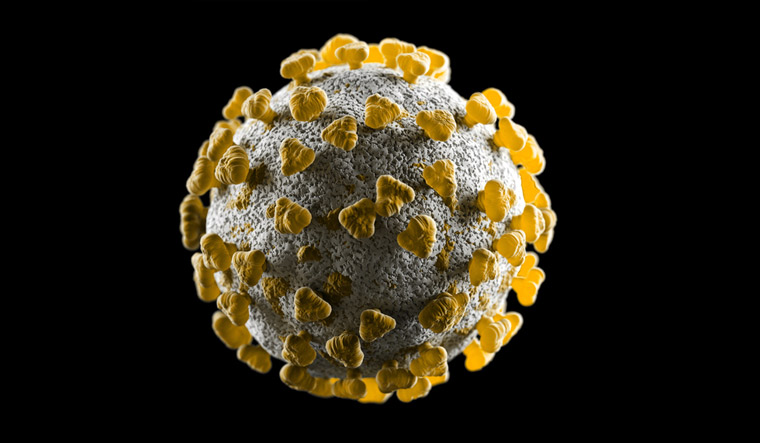One in 15 people in the country had been exposed to the virus by August, and age and gender did not matter when it came to the exposure, the ICMR's second sero survey has found.
According to the survey, 6.6 per cent Indians were estimated to have been exposed to SARS-CoV-2 until August.
The results imply that over 90 per cent of India's population still remained susceptible to the virus, Dr Balram Bhargava, DG, ICMR told the media. It may be recalled that the first national sero-survey in May had shown that the infection rate in the country stood at 0.73 per cent. According to the ICMR, the rate of infection per reported case stood at 26-32 infections per reported case in August, while this ratio stood at 81-130 cases per reported case in May.
“Lower infection to case ratio in August compared to May reflects a substantial increase in testing and detection across India,” Bhargava said.
The survey was conducted between August 17-September 22 on 29,082 persons in 700 villages/wards in 70 districts in 21 states. These are the same areas where the ICMR had done the first national sero-survey. However, this time, Bhargava said that the survey included those above the age of ten years, as opposed to the previous survey where the only those above 18 years were included. Among adults (over 18 years), exposure to the virus stood at 7.1 per cent. The survey also found that urban slums were at the highest risk when compared to non-slum areas in cities as well as villages. The infection rate in urban slums was estimated to be 15.6 per cent, urban non-slum areas stood at 8 per cent, and rural areas were estimated to have 4 per cent infection rate.
A sero-survey is conducted by drawing blood samples from individuals and testing it for antibodies to the virus.
“Data obtained from these districts has been extrapolated to obtain a national estimate. This sero-survey is comparable to several countries around the world,” Bhargava said.
The latest sero-survey done in the US in July suggests a sero-prevalence of 9.3 per cent, the second round done in Brazil suggests a sero-prevalence of 2.8 per cent, 4.6 per cent in Spain, the UK has 7 per cent, and Belgium stands at 9 per cent.
“You can never identify, in an epidemiological sense, every asymptomatic individual. Which is why sero survey is an additional tool to measures such as contact tracing, tracing those with ILI/SARI symptoms through surveillance. All tools give us different kind of information and plan ahead,” Dr V. K. Paul, member, Niti Aayog said.
With the upcoming festival seasons and the onset of winters, Paul said that containment measures had to be strengthened and COVID-safe behaviour had to be followed while celebrating. Large groups were to be avoided, and masks and physical distancing measures were to be strictly followed.
“Winters are conducive for respiratory viral infections, it is a known fact that pneumonia gets severe in winter,” Paul said. On the subject of the Rs 80,000 crore estimated budget for the vaccines, union health secretary Rajesh Bhushan said that the ministry's attention had been drawn to a tweet by SII chief Adar Poonawalla, and that in his subsequent tweets, Poonawalla had also expressed full faith in the government in making the arrangements for India's population to get the vaccine.
“We don't agree with the estimated budget,” Bhushan said. A high-level expert committee on vaccines chaired by Dr V K Paul had been examining the issue, discussions on prioritising of populations for staggered vaccination were ongoing, and the proposal for that was available with the government, Bhushan said.






